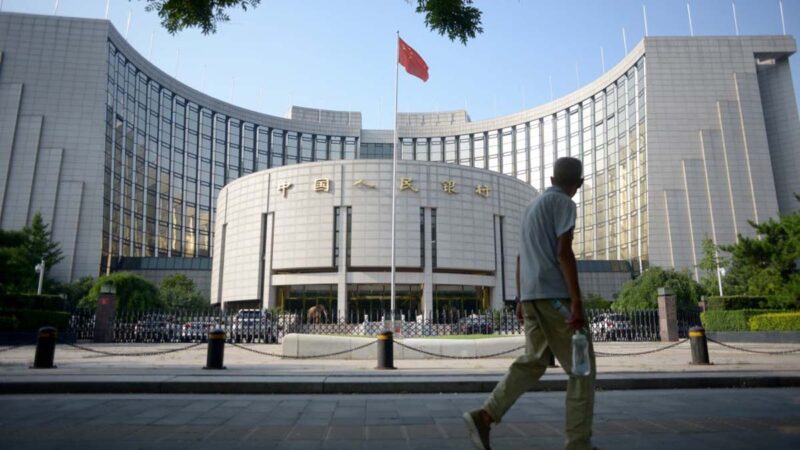[NTD Times, Beijing time, March 29, 2023]A new international study shows that after many debtor countries in China’s “Belt and Road” got into trouble, Beijing will pay twice as much as the International Monetary Fund in order to save its own banks. More than interest rate, to provide rescue loans to debtor countries. Some scholars have criticized the CCP’s rescue loan program as opaque and uncoordinated, posing a challenge to the global financial architecture.
According to the Financial Times, researchers from AidData, the World Bank, Harvard Kennedy School, and the Keele Institute for World Economics collected and sorted out the CCP’s rescue loans around the world and found 3 In 2009, the Chinese Communist authorities issued rescue loans worth US$104 billion to developing countries, which is almost equal to the amount of China’s rescue loans in the past 20 years.
According to the research report, the Chinese authorities did not provide relief to all the troubled “Belt and Road” borrowers, and only provided rescue loans to 22 of them. Because behind the big projects financed by the “Belt and Road” lies a significant risk to the balance sheets of Chinese banks, these projects are more likely to receive emergency assistance from the Chinese authorities.
The report quoted Carmen Reinhart, a professor at the Harvard Kennedy School and former chief economist of the World Bank Group, as saying that the reason why the Chinese government wants to enter the high-risk industry of international rescue loans is to provide “rescue loans” to debtor countries. “, “The ultimate goal is to save your own bank.”
The emergence of the Chinese regime as a highly influential “lender of last resort” poses a serious challenge to Western-led institutions such as the International Monetary Fund, which have been working since the end of World War II, the report said. Efforts to maintain global financial stability.
Brad Parks, director of the AidData project at the College of William and Mary in the United States, said in an interview with the Financial Times that the Chinese authorities have now created a new global system for cross-border rescue loans, but it is done in an opaque and uncoordinated manner Yes, this makes “the global financial architecture is becoming less coherent, less institutionalized and less transparent”.
Radio Free Asia published an analysis that there is a big difference between the International Monetary Fund’s plan and the CCP’s rescue. The typical interest rate of the IMF’s rescue loan is 2%, while the average interest rate of the rescue loan provided by the Chinese government is 5%. %.
(Editor in charge: He Yating)
